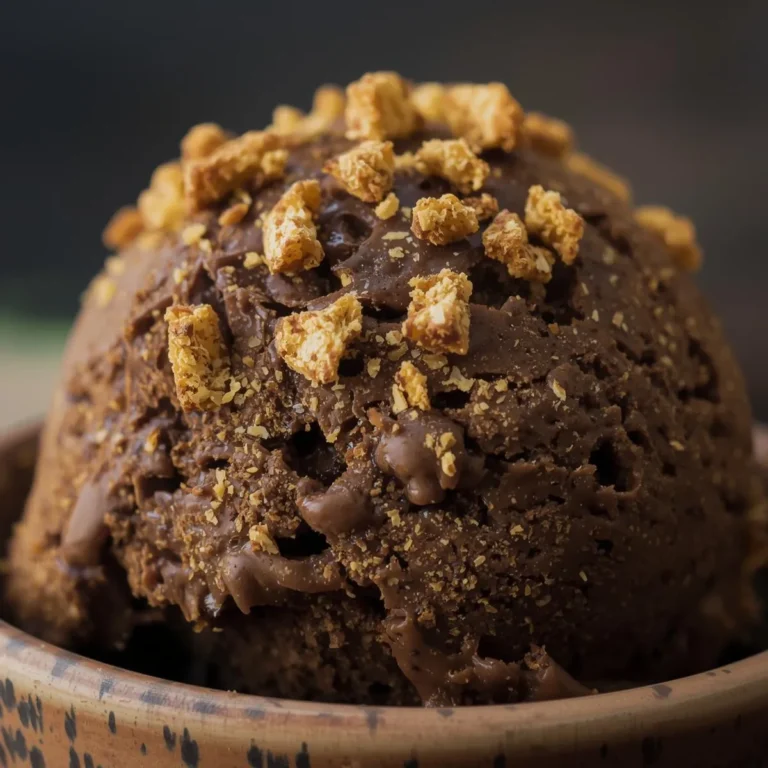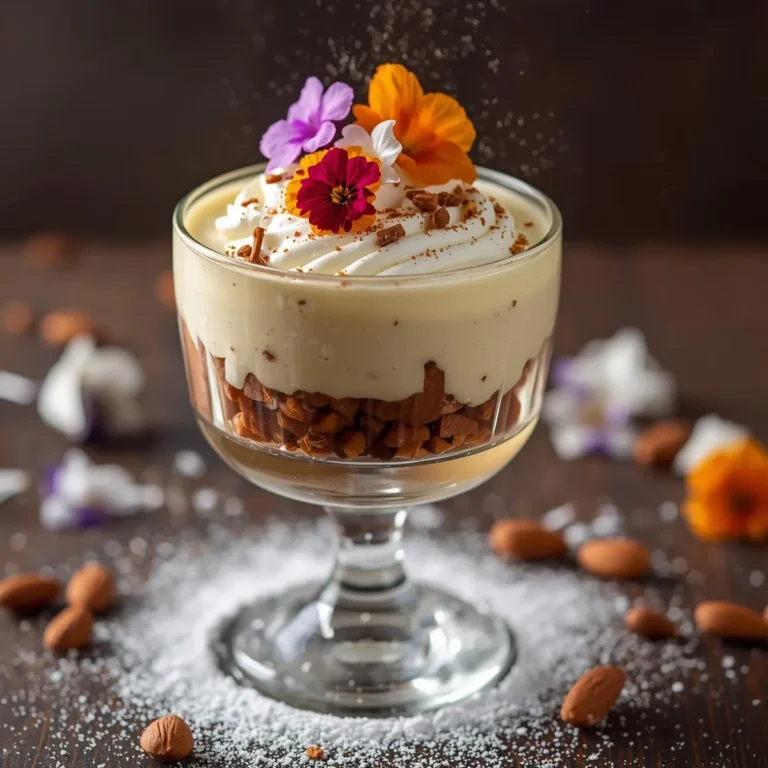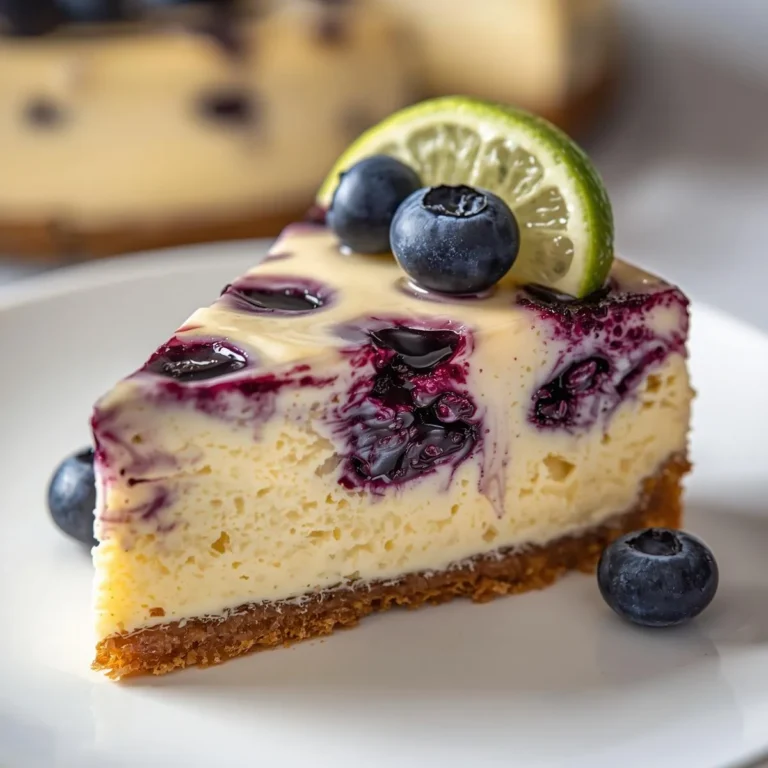Pineapple and coconut — two of the most iconic tropical flavors — come together in perfect harmony in this Pineapple Coconut Mousse. This luscious dessert captures the essence of sunshine, ocean breezes, and island indulgence in every creamy spoonful. With its airy texture, balanced sweetness, and refreshing fruitiness, it’s the kind of treat that makes any occasion feel like a mini vacation. Whether you’re planning a summer brunch, a dinner party, or a festive celebration, this mousse adds a luxurious yet effortless touch to your menu. In this article, we’ll explore everything you need to know about this dreamy tropical mousse: from its origins and key ingredients to detailed preparation steps, serving ideas, and expert tips for achieving the perfect texture and flavor balance.
What Makes Pineapple Coconut Mousse So Special
Pineapple Coconut Mousse is more than just a dessert—it’s an experience. Its appeal lies in the contrast between textures and flavors. The coconut provides a creamy, velvety base with a hint of nuttiness, while the pineapple adds brightness, tanginess, and a burst of tropical sweetness. This duo creates a balance that feels both decadent and refreshing at the same time. Unlike heavy desserts, mousse is light and airy, thanks to whipped cream or egg whites that create its signature fluffiness. The combination of fruit purée and coconut cream makes this dessert not only rich but also naturally flavorful without needing excessive sugar or artificial flavors.
The Tropical Origins
While mousse originated in France, this tropical version takes inspiration from island cuisines—particularly those of Hawaii, the Caribbean, and Southeast Asia, where coconut and pineapple are central ingredients. The classic French mousse, traditionally made with chocolate or fruit purée and whipped cream, evolves beautifully with these tropical components. Coconut milk has long been used in Southeast Asian desserts, while pineapple—introduced to many tropical regions through trade—became a symbol of hospitality and luxury. The Pineapple Coconut Mousse brings together these traditions, resulting in a globally inspired dessert that feels both exotic and familiar.
Key Ingredients and Their Roles
Every element in this mousse has a specific purpose, both for flavor and texture. Let’s break them down.
1. Pineapple: Fresh or canned pineapple can be used, but fresh gives a brighter, less sugary taste. Pineapple adds acidity that cuts through the richness of the coconut and provides natural sweetness. For best results, use ripe pineapple that’s golden yellow with a fragrant aroma.
2. Coconut Cream or Coconut Milk: Coconut cream offers a thicker, richer consistency ideal for mousse. It creates the silky texture that defines this dessert and infuses it with deep coconut flavor. If using coconut milk, choose a full-fat version for best results.
3. Gelatin (or Agar-Agar): This is what stabilizes the mousse and allows it to hold its airy form. Gelatin ensures a soft, spoonable texture that doesn’t collapse. For a vegetarian version, agar-agar can be substituted in the same proportion.
4. Heavy Cream (or Whipping Cream): Whipping cream gives the mousse its light, airy texture. When folded into the fruit-coconut mixture, it traps air bubbles that make the dessert smooth and cloud-like.
5. Sugar: A touch of sugar enhances the natural sweetness of the pineapple and balances the coconut’s creaminess. Always taste your mixture—pineapples vary in sweetness, and you might need to adjust accordingly.
6. Lime or Lemon Juice: A splash of citrus adds brightness and balances the richness. It also helps preserve the pineapple’s color and freshness.
7. Optional Flavor Enhancers: Vanilla extract, coconut flakes, or even a hint of rum can elevate the depth of flavor. These optional ingredients bring sophistication without overpowering the natural fruit taste.
Step-by-Step Recipe for Perfect Pineapple Coconut Mousse
Ingredients:
- 1 ½ cups fresh pineapple chunks (or canned, drained)
- 1 cup coconut cream (or full-fat coconut milk)
- ½ cup granulated sugar (adjust to taste)
- 2 teaspoons unflavored gelatin (or 1 teaspoon agar-agar powder)
- 2 tablespoons water (for dissolving gelatin)
- 1 cup heavy whipping cream, chilled
- 1 teaspoon lime juice
- 1 teaspoon vanilla extract (optional)
- Toasted coconut flakes and pineapple slices for garnish
Instructions:
Step 1: Prepare the Pineapple Purée
Blend the pineapple chunks in a food processor or blender until completely smooth. Strain through a fine sieve to remove any fibrous bits if you prefer a silky mousse. You should get about one cup of purée.
Step 2: Heat and Sweeten the Mixture
In a saucepan over medium heat, combine the pineapple purée, coconut cream, sugar, and lime juice. Stir gently and heat until the sugar dissolves and the mixture is warm but not boiling. This step helps meld the flavors and ensures a smooth consistency.
Step 3: Add Gelatin
In a small bowl, sprinkle gelatin over two tablespoons of water and let it bloom for about five minutes. Once softened, add it to the warm pineapple-coconut mixture and stir until fully dissolved. If using agar-agar, dissolve it separately by heating with a few tablespoons of water, then mix it in. Allow the mixture to cool to room temperature before adding the whipped cream.
Step 4: Whip the Cream
In a chilled bowl, whip the heavy cream until soft peaks form. Don’t overwhip—it should be airy and light.
Step 5: Fold Everything Together
Gently fold the whipped cream into the cooled pineapple-coconut mixture using a spatula. Mix in slow, circular motions to keep the air in the cream. The goal is a uniform, fluffy texture.
Step 6: Chill and Set
Spoon the mousse into serving glasses or bowls. Cover and refrigerate for at least four hours, or overnight, until firm.
Step 7: Garnish and Serve
Just before serving, top each portion with toasted coconut flakes, fresh pineapple slices, or a mint leaf for a touch of color and freshness.
Expert Tips for Success
- Use Cold Tools: Chill your mixing bowl and beaters before whipping cream—it helps the cream hold its volume.
- Don’t Add Gelatin to Hot Mixture: If the base is too hot, gelatin loses its setting power. Always cool the mixture before combining with cream.
- Adjust Sweetness Carefully: Pineapple can vary from tart to very sweet; taste as you go to achieve perfect balance.
- Avoid Curdling: Adding acid (lime or lemon juice) before heating helps prevent the coconut milk from curdling.
- Set in Glasses Directly: Mousse is delicate, and transferring it after setting can ruin its texture. Pour it into serving dishes before chilling.
Nutritional Profile and Benefits
While this mousse feels indulgent, it can be surprisingly wholesome. Pineapple is rich in vitamin C, manganese, and bromelain—an enzyme that aids digestion and reduces inflammation. Coconut cream provides healthy fats, especially medium-chain triglycerides (MCTs), which support energy and brain health. When made with moderate sugar, this dessert offers a better alternative to many heavy, processed sweets. You can make it lighter by using low-fat coconut milk or substituting part of the cream with Greek yogurt for added protein and a tangy twist.
Serving Ideas
The Pineapple Coconut Mousse is versatile and can suit a variety of occasions.
1. Summer Parties: Serve chilled in elegant glasses topped with tropical fruit for a refreshing finale.
2. Layered Desserts: Alternate layers of mousse and crushed graham crackers or sponge cake for a tropical parfait.
3. Mini Dessert Cups: Perfect for brunch buffets or weddings—make ahead and garnish just before serving.
4. Frozen Treat: For a firmer texture, freeze the mousse for 2–3 hours to create a semi-frozen tropical delight.
5. Vegan Version: Use coconut whipped cream and agar-agar instead of gelatin to make a fully plant-based dessert.
Flavor Variations
This recipe is a great base for creative experimentation.
- Mango Coconut Mousse: Replace pineapple with mango purée for a sweeter, more exotic taste.
- Pineapple Passion Fruit Mousse: Add passion fruit pulp for tartness and visual appeal.
- Coconut Lime Mousse: Skip pineapple and highlight the zesty side of coconut with lime zest and juice.
- Spiced Pineapple Mousse: Add a pinch of cinnamon or cardamom for a warm, aromatic twist.
Perfect Pairings
The Pineapple Coconut Mousse pairs beautifully with a variety of drinks and foods. A light white wine, sparkling water infused with mint, or tropical mocktails complement its creamy texture. You can also serve it alongside grilled shrimp or spicy dishes for a cooling contrast. For dessert pairings, it balances heavier sweets like chocolate cake or tarts, bringing freshness to the plate.
Presentation and Styling
To make your mousse visually stunning, presentation matters. Use clear glasses or small jars to showcase its smooth, golden hue. Add layers of pineapple compote, a drizzle of coconut syrup, or sprinkle toasted coconut for texture contrast. For an elegant dinner presentation, serve with a thin tuile cookie or wafer on top.
Make-Ahead and Storage
This mousse is ideal for preparing ahead of time. It keeps well in the refrigerator for up to three days. Cover each portion tightly with plastic wrap to prevent moisture from altering its texture. Avoid freezing for long periods—while short freezing creates a semi-frozen version, long storage may cause separation.
Common Mistakes to Avoid
- Overheating Pineapple: Pineapple contains enzymes that can prevent gelatin from setting if not cooked slightly. Always heat it before mixing.
- Skipping the Cooling Step: Mixing warm fruit purée with whipped cream can deflate the mousse and ruin its texture.
- Using Low-Fat Coconut Milk: Light coconut milk lacks the richness needed for proper consistency.
- Not Blooming Gelatin Properly: Dry gelatin granules will leave a grainy texture. Always let it sit in water before using.
Why You’ll Love This Recipe
This mousse embodies balance—sweet but not cloying, creamy yet light, simple but elegant. It’s perfect for any season, though its tropical flair shines brightest during warm months. With minimal ingredients and no baking required, it’s approachable for beginners and impressive enough for guests. Each spoonful delivers a creamy, airy sensation that melts on the tongue, leaving behind hints of coconut and the sunny tang of pineapple.
Final Thoughts
The Pineapple Coconut Mousse is a celebration of contrast and simplicity. It bridges the sophistication of French technique with the joyful flavors of the tropics, proving that elegance doesn’t have to be complicated. Whether served as part of a summer soirée, a Sunday brunch, or a cozy evening treat, this dessert never fails to impress. It’s a dessert that transports you—to beaches, palm trees, and moments of bliss—without ever leaving your kitchen. With every bite, you taste a perfect balance of freshness, creaminess, and tropical charm.






